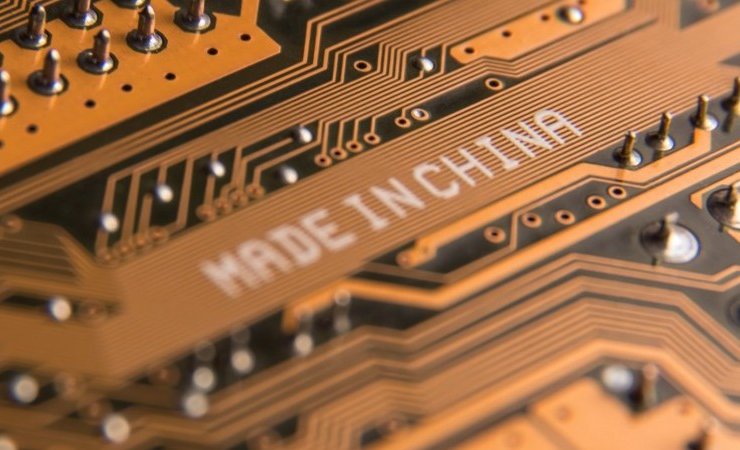Panic is brewing in the United States over possible restrictions on Chinese imports of rare earth metals
All talk about China's influence on rare earth minerals is starting to resemble 2010: Beijing's threats to turn it into a monopoly supplier of these 17 metals and signs of global panic over potential shortages.
"Many metal consumers said at the time that we needed sources outside of China because we need to get rid of Chinese control and this problem," said John Blumenthal, president and CEO of metal producer Blue Line Corp. “And here they are - we, after nine years. And we are no better. ”
10 years ago, Beijing's target was not the United States, but Japan. Caught up in a political squabble over the disputed islands in the East China Sea, China responded by cutting off rare earth exports, leading to soaring prices. Japan has pledged to become more independent by offering development loans to Australian mining giant Lynas Corporation as it built its supply chains outside of China.
This collaboration has reduced China's global market share by 10 percent.
But their American counterparts have done little to shift the focus, and today 80 percent of the supply of rare earths to the United States is imported from China.
Concerns over rare earth metal shortages have prompted Molycorp Inc. open America's only rare earth mine in Mountain Pass, California in 2010. In the same year, the company was listed on the New York Stock Exchange at $ 14 per share. But the collapse in prices and poor investment decisions ultimately led to the decline, and Molycorp Inc. filed for bankruptcy five years later.
Rising US spending and environmental protests have coincided with China's aggressive move to grab global market share through government subsidies, lax environmental standards and lower labor costs. In 2010, China accounted for 97 percent of the world's rare earths supply.
“It is very difficult to look at this as a global economy when you have one country that is trying to take care of its environment and its workers, and another country that prioritizes the development of its economy,” says Blumenthal. /p>
What's next
Trade tensions between the US and China have heightened the need to increase production of rare earths domestically. MP Materials already mines 50,000 tons of rare earth concentrate each year, but China still processes these metals, subjecting them to a 25 percent tariff imposed by Beijing as a result of the trade war.
Blumenthal Blue Line Corp signed a memorandum of understanding with Lynas Corporation this week to build a rare earths recycling plant in the US, but the construction will take years. Any expansion will be costly, and any new mine will cost at least a billion dollars and take 10 years to develop.
US government involvement
In December 2017, President Trump signed an executive order to begin the process of reducing US dependence on China for critical materials, directing agencies to find new sources of production and simplify the permitting and leasing process.
But the declaration has not yet led to any concrete action by the White House or Congress.
In a sign of growing concern over China's influence on the sector, a Pentagon spokesman said this week that the Department of Defense has submitted a rare earth report to Congress in search of federal funds to increase onshore mining.
Air Force Lieutenant Colonel Mike Andrews said the request was included in the Defense Manufacturing Act III rare earths report as part of a program that gives the president "broad authority to ensure the timely availability of key domestic industrial resources to support national defense." p>
